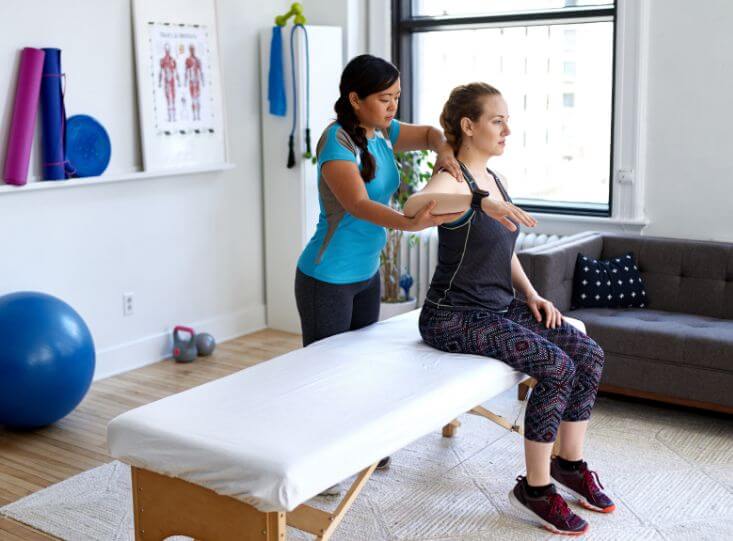
BreakThrough Physical Therapy in Raleigh-Durham, Greensboro, Fayetteville, Indian Land and Surrounding Carolina Cities. Get back to the life you love.
Connect with an expert physical therapist who will listen to your story, give you a personalized treatment plan that delivers long-lasting results, and will stick with you every step of the way.
Get better—and stay better.
Find a Location Near MeOne of North Carolina’s top rated physical therapy experts
Become an expert on caring for your body.
We’ll never leave you in the dark when it comes to your care. Whether your pain or limitation is in orthopaedics, pelvic health, or chronic pain, a dedicated therapist will answer all of your questions and walk you through every step of the process.
At BTPT, we explain the “why” behind your treatment and take the time to assess how you’re doing at each visit to make sure you’re given the care you need to show progress quickly and confidently.
The BreakThrough Difference
Top Rated in North Carolina
Get high-quality care from top area specialists.
State of the Art Facilities
Experience cutting-edge treatment from compassionate therapists.
More Board Certified Experts
Experience high-quality care from a team you can trust.
People in North Carolina Trust BreakThrough
Hear from some of our 725+ Reviews

Find a BreakThrough PT Near You
With 23 locations conveniently located in Raleigh-Durham, Fayetteville & surrounding North Carolina cities, you’ll never have to travel too far to get the care you need
